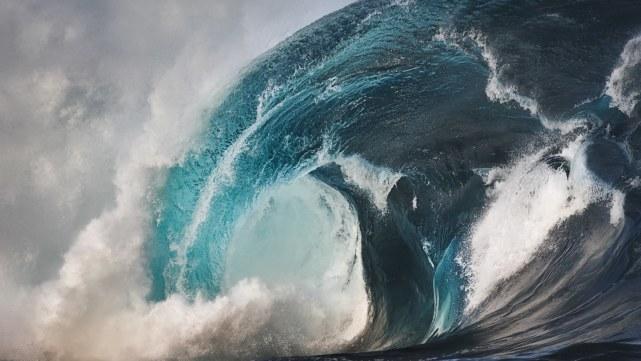**Title: “Tidal Energy: The Eternal Powerhouse or a Fleeting Wave?”**
(Sustainability Question: How Long Will Tidal Energy Last?)
Imagine a world where the ocean’s heartbeat powers our cities—a rhythm as old as the moon itself. Tidal energy, the unsung hero of renewable resources, taps into the gravitational tug-of-war between Earth and its lunar companion. But here’s the million-dollar question: will this watery wizardry last longer than a TikTok trend, or is it just a flash in the planetary pan? Let’s dive in.
First off, tidal energy isn’t some sci-fi fantasy. It’s real, it’s here, and it’s harnessed by capturing the kinetic energy of rising and falling tides. Think of it as the ocean doing push-ups to keep your lights on. Unlike solar or wind, which play hide-and-seek with the weather, tides are as predictable as a teenager’s eye-roll at dad jokes. High tide, low tide—twice a day, every day, no exceptions. That reliability is tidal energy’s superpower.
Now, the big answer upfront: tidal energy will last roughly as long as the moon stays in orbit and the oceans don’t evaporate. Spoiler alert: that’s *billions of years*. The moon isn’t ghosting Earth anytime soon, and the sun won’t boil our seas for another 5 billion years. So, tidal energy isn’t just sustainable—it’s practically immortal by human standards.
But wait, before you start planning a lunar-themed victory party, let’s talk nuts and bolts. While the *source* of tidal energy is eternal, the *infrastructure* to harness it isn’t. Turbines, barrages, and underwater kites (yes, that’s a real thing) face corrosion, marine life interference, and the occasional hurricane tantrum. Maintenance is key. If we treat tidal tech like a forgotten gym membership, it’ll rust into oblivion. But with care and innovation, these systems could outlive your great-great-grandkids’ Instagram profiles.
Another hiccup? Geography. Not every coastline is a tidal energy goldmine. Places like the Bay of Fundy in Canada or the UK’s Pentland Firth are tidal rockstars, with currents strong enough to power small nations. But globally, only about 20 coastal regions have the ideal combo of tidal range and flow. Still, for those lucky spots, tidal energy could be a local game-changer—think “energy independence” with a side of seaweed.
Then there’s the environmental hand-wringing. Critics worry that underwater turbines might turn into blenders for fish or disrupt sediment patterns. Valid concerns, but modern designs are getting fish-friendlier by the minute. Plus, compared to fossil fuels’ apocalyptic vibe, tidal energy’s footprint is more like a light tiptoe through the ecosystem.
So, what’s the verdict? Tidal energy’s shelf life is tied to cosmic timelines, making it one of the most enduring renewables we’ve got. It won’t replace solar or wind overnight—it’s more of a niche player with star potential. But as tech improves and costs drop, those rhythmic ocean swells could become a cornerstone of a zero-carbon future.
(Sustainability Question: How Long Will Tidal Energy Last?)
In the end, tidal energy is less about “how long” and more about “how well.” If we invest in smarter engineering and prioritize eco-sensitive designs, this lunar-powered resource could keep our cities humming long after we’re all compost. So here’s to the tides—nature’s perpetual motion machine, and maybe humanity’s longest relationship with clean energy. Just don’t forget to check the corrosion ratings on those turbines.
Inquiry us
if you want to want to know more, please feel free to contact us. (nanotrun@yahoo.com)




